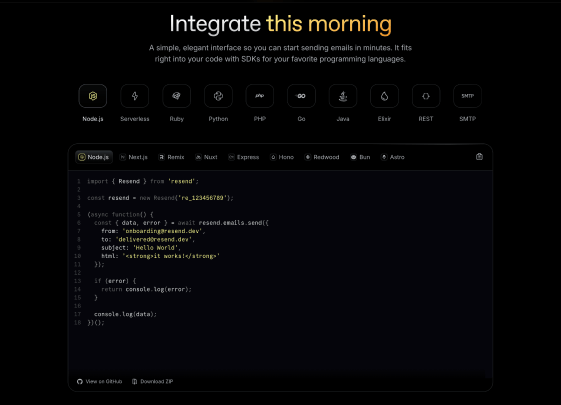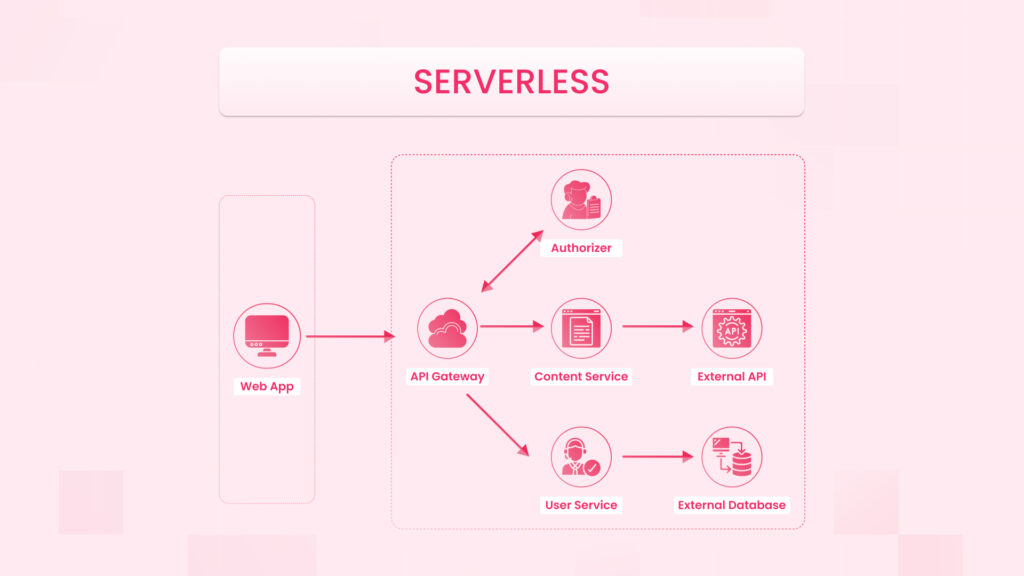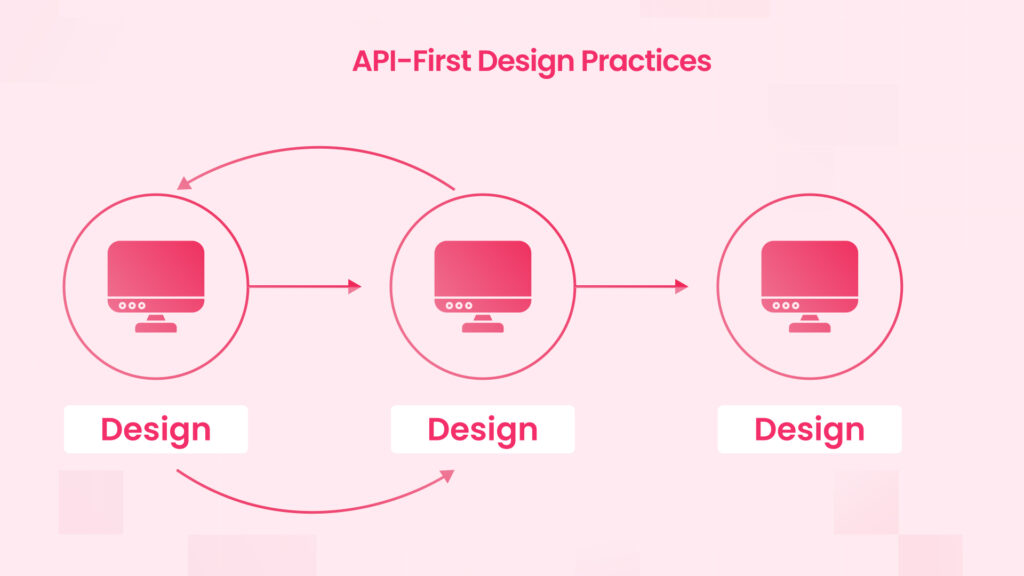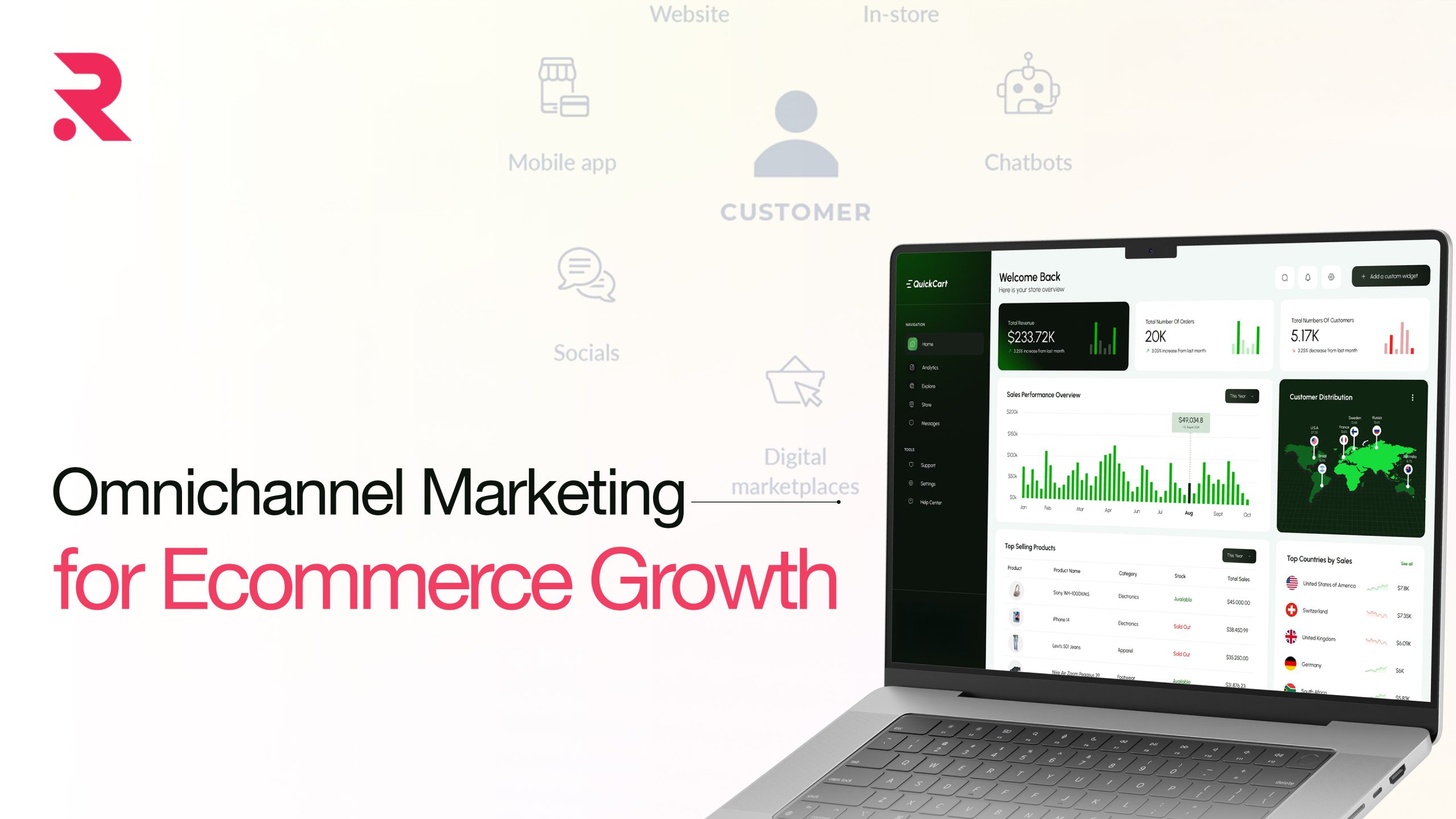Top Web Development Trends to Watch in 2025
The field of web development is changing all the time, and as the new year comes closer and closer there is no better time to look ahead and to analyze what the most influencing trends are in terms of web development in 2025.
- January 16, 2025
- by Tarun


Although trends in the web development process continue to shape up even with the influence of other technologies, this article will concentrate more on the changes that concern developers, businesses and end-users. These will be those trends that will define the manner in which websites are built, maintained and, indeed, experienced in 2025.
Progressive Web Apps (PWAs)
In 2025, one would expect a significant evolution within Progressive Web Apps (PWAs). It has achieved a lot in recent years and is set to become the middle ground or mediator between mobile apps and websites for a reliable, very fast, and seamless user experience. Progressive web apps also operate as native mobile apps, providing an offline-first experience and better loading time for users. These apps explore user experiences like offline support, fast load times, and push notifications using a number of web features that can be found on websites.
PWAs for businesses are all about reducing development and maintenance expenses by creating one app that runs on desktop and mobile devices and delivers the goods. They are said to be faster for performance and SEO. With optimized performance will come awareness of cookies and analytics information, as well as visibility in SERPs. It’s all very user-centered at the moment.
Serverless Architecture

Serverless architecture, as adopted by the developer community in the past, has proven to be a game changer. It will continue leading onwards towards 2025. In the serverless model, the developer does not need to get involved in server management or infrastructure issues. Just write code, and the rest is automatically taken care of by the cloud service provider. It covers with scaling and resource management. This means that you do not take care of server management. You reduce the overhead associated with traditional server management.
Programs like AWS Lambda, Azure Functions, and Google Cloud Functions are advanced marquees for developers . They freely write application logic and have matters relating to other responsibilities outsourced to them. It is all about good serverless composition. Less operational cost maintenance, a quicker deployment loop: the epitome increases will augment the productivity and efficiency of building apps into manageable and economically easy applicative scale factors. Ultimately, healthier serverless systems in online development are where the trouble with destination intelligence is avoided. The focus is on faster speed of operations, and scaling is much sooner.
Web Assembly
WebAssembly (shortened as Wasm) is a technology that allows the performance of a code directly within a web browser with almost the speed exposure of near-native applications. It is specifically designed to support an open standard and enable developers to code in different languages such as C and C++. Rust, for example, allows a programmer to write browser programming codes which can be run directly rather than using JavaScript.
Since WebAssembly has much potential, in 2025 more developers will use it for building of powerful web apps. It is imperative compared with the other, more intensive computations for running video-editing utilities, games, and real-time simulations. On the web, it may significantly increase the performance of these programs such that they feel as fast as programs designed for desktop computers.
Besides its faster pace, Wasm offers more features, making the application a far better digital experience for the user. It will become a major trend for web development. It is for businesses that are looking to enhance the capacity and performance of their web applications.
Motion UI
More and more modern sites will include screen-filling pages of abstract, full-screen logo animations that draw the eye of viewers toward such websites. Motion UI made that possible. Brand new marvelous user online experiences can be created through transitions and animations. It also helps when the user is prompted by the animation in the right direction.
When motion UI has been implemented suitably, it can improve user experience by making websites feel more dynamic and responsive. Doing so also takes care of communicating what needs to be known to users in terms of process understanding and keeps guiding them in the right way. In 2025, web developers shall assimilate motion UI technologies more theory-based, creating more fascinating and user-friendly experiences without running over visitors.
Single Page Applications (SPAs)
Single-page applications (SPAs) have been a foremost trend over the past years, and this trend is obviously set to go into 2025. SPAs feed content quickly without having to load the entire page again. These make the user experience much smoother and offer faster user interactions. This is what makes SPAs great for these types of web apps. They have constant updates and user interactivity, such as social media platforms, dashboards, and content-heavy sites.

JavaScript remote SPAs, like Angular, React, and Vue.js frameworks, make things easy to build, and thus faster. In 2025, SPAs will continue to be essential to modern web development considering what they are essential for. The enhancement in the general performance of web applications, server-load reduction, and increased user engagement.
Voice Search
In 2025, Voice will be one of the significant parameters in the evolution of web development process. Voice search optimization has been successfully ramping up for a decade and will be critical in the future. Given the use of voice-control mobile devices like Amazon Echo or conversational search, the content optimization will have to adjust from the traditional 1-word keyword phrases to long-tail keywords or natural questions, allowing the subject to address users as they seek out content.
Maximization of vocal search does improve probability of local SEO since many vocal searches are location targeted. Another area of concern for developers is to prioritize specific parts of the technology on voice search. It includes schema-related endings, structured data, and website speed, so they can easily access commands via voice in their sites.
Enhance Cybersecurity and Data Privacy Protection
In 2025, The need of web security is becoming more urgent. Cyber threats have been happening just like recently reported data breaches despite the rising penetrating security measures in between.
It will be necessary for web developers to ensure that their systems can handle modern security threats. For this by multi-factor authentication (MFA), end-to-end encryption, and secure coding practices needs to be introduced. Periodic security audits and going through vulnerability scans would then be ritual in the establishment of complete security across websites. Besides, web developers working with user data have a large concern in observing data privacy laws.
Responsive Design with Mobile-First Approach
With the increase in the utilization of smartphones and tablets to browse websites, responsive web design will be even more crucial in 2015. Furthermore, there is the mobile-first approach, where the developers will no longer start desktop first and then scale down for mobile use. Instead they will start mobile optimized and scale upwards for larger screens.
Mobile-first development proves to be potentially helpful in refining user experience. It enhances web performance, and increase the rate of accessibility, particularly for individuals with poor internet access. It ensures that a website is both accessible and functional through any kind of smartphone, tablet or computer. With emphasis on mobile-first indexing by Google, prioritizing search responsiveness in a mobile device will be a good strategy. Furthermore, mobile-responsive web pages increase conversion rates and also attract more leads that convert to sales.
API-First Development
The rapidly gaining popularity of API-first development enables accelerated and more flexible web development. What is meant by API first is that the developer designs and builds the API before the application. This ensures that any other third-party service, app, or platform, a developer would want to use is easily integrated into the software application.

Through the API-first strategy, you can build a scalable, modular website, including additional benefits such as allowing one to foster stronger collaboration at the assembly lines both in-house and with third parties. This trend will let developers work primarily on powerful web applications that are extensible and streamlined into everything. It fastens the deployment cycles and enhancs a more flexible site.
Web Accessibility (WCAG 3.0)
In 2025, online-growth-focused professionals will indeed pay much attention to accessibility. As WCAG 3.0 is released, websites can be more user-friendly to users of disabilities, which means accessibility became further cemented as a fundamental aspect of web development.
People in the business sector need to understand that they will have to make sure that their sites can be employed by people with physical disabilities of various types (whether cognitive, auditory, motor, or visual); this can involve anything along the lines of text-to-speech reading capabilities, special keyboard movement or colour contrast setting. This is not to mention improving website accessibility, which must become a habit of companies. This will help in reaching a larger audience while also improving the website’s ranking on search engines. These search engines, such as Google, also look at how much an accessible site scores in their ranking.
Headless CMS (Content Management System)
A headless CMS is a preferred alternative for developers, both for its flexibility and high scalability features. Unlike the classic CMS, the headless CMS segregates back-end content management from front-end presentation, thus enabling content delivery to be done effortlessly across multiple platforms, including web, mobile, and even IoT devices. The application of these headless CMS platforms in 2025 is likely to grow by leaps and bounds. As well as a further commitment to how businesses unite their content and deliver a broadened user experience across various channels.
Headless Content Management Systems (CMS) is considered one of the best approaches for content management tasks that typically lack objects and functions. Users have more choices in how to publish their content, either as text, images, videos, or multiple files attached and displayed inside the stated body specified in an incoming request. At least a decade later, with decomposition and rebirth, developers and engineers have started to think about how systems are working with their capabilities, including data migration, better feed aggregation, and support for AJAX and other actors.
Conclusion
As we proceed in 2025, certain web development trends will define the shape of the future industry. From progressive web apps and serverless architectures to enhanced cybersecurity and responsive website design, developers will have to adapt to ever-rising demands from users and businesses. By following these trends, web developers will be able to reach the recommended position to build websites quicker, more attractive and securely that suit the necessities of the landscape. The future of web development in 2025 seems very bright and very thrilling. This trend is focused on personalized experience, high performance, and improving accessibility.
 Shopify
Shopify










